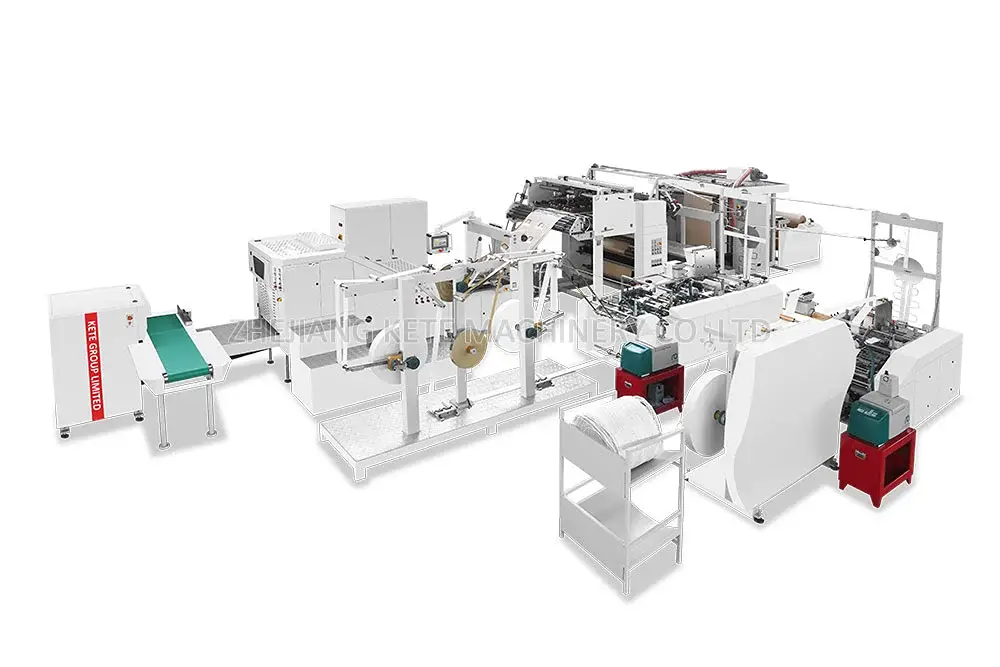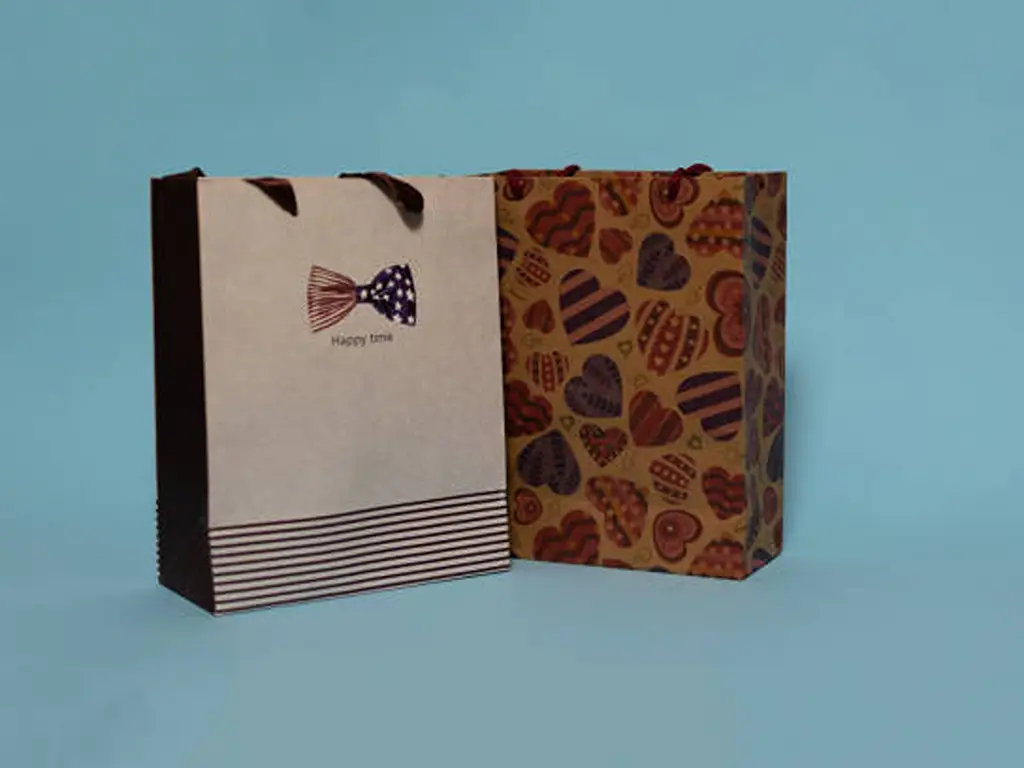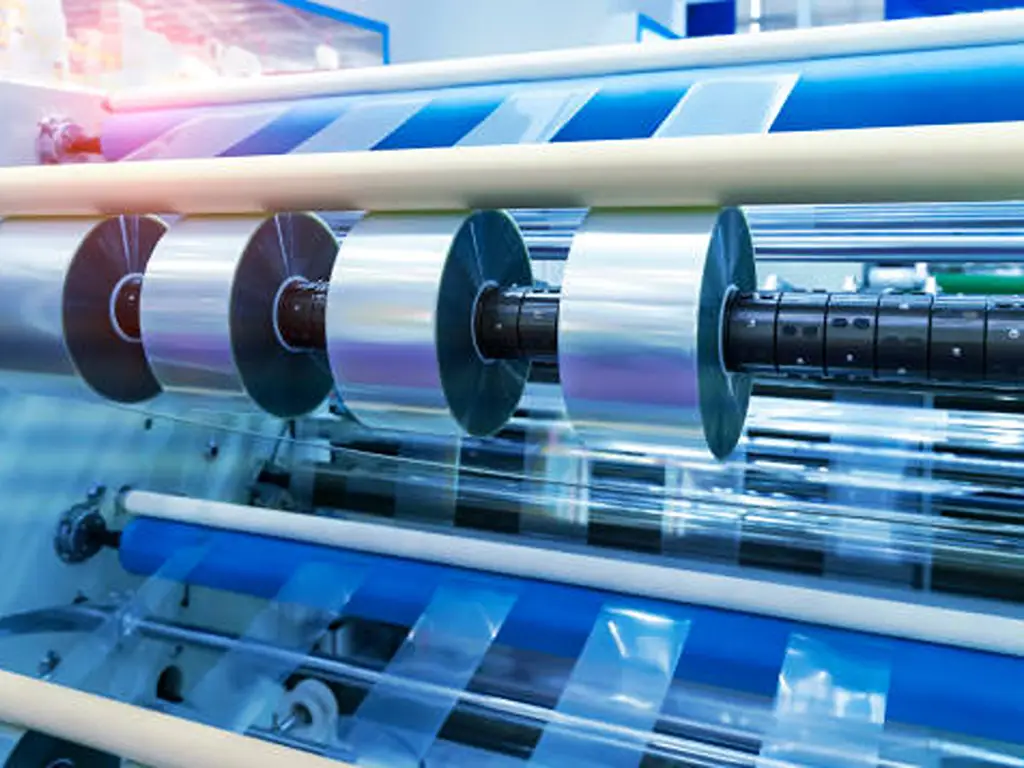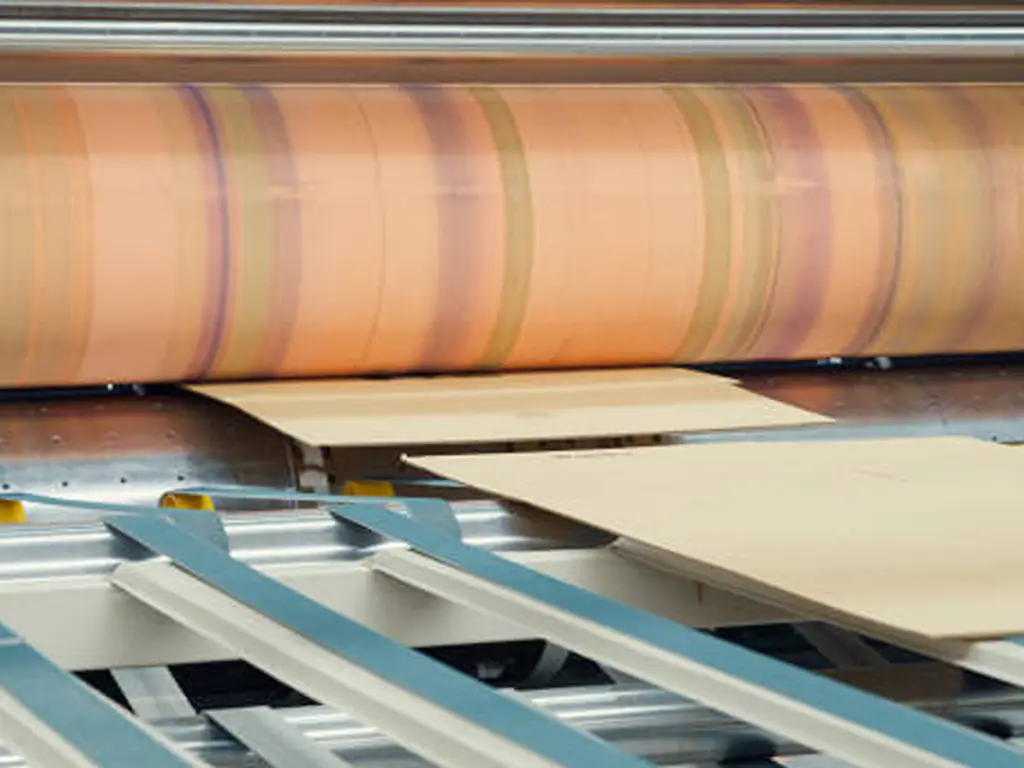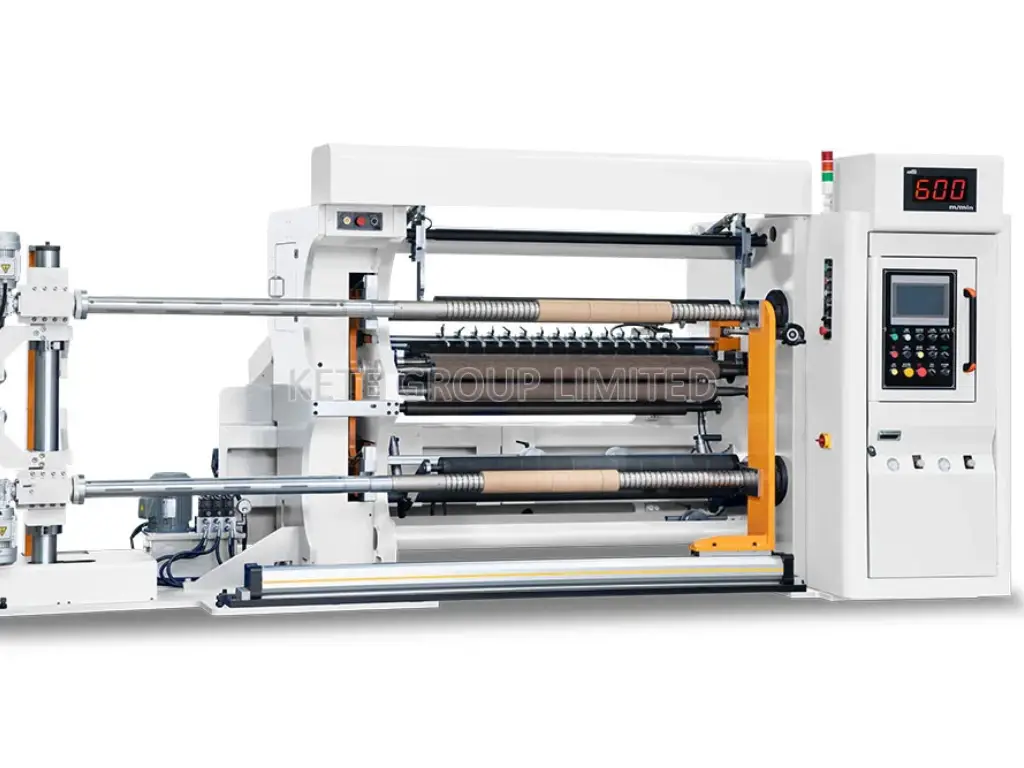
Introdução ao saco de plástico
The use of plastic bags has become an integral part of our daily lives. From zipping to the grocery store to wrapping up our sandwiches, these different types of plastic bags are the real deal! We’ve got the zippy ones, the big trashy ones, and even the earth-hugging biodegradable plastic bags. Ever wondered how is a plastic bag made? The journey from tiny plastic pellets to a finished bag is a fascinating industrial process, centered around a technology known as Blown Film Extrusion. In this guide, we’ll break down exactly how to make plastic bags.
7 Steps: How to Make Plastic Bags?
Já se interrogou como é que um simples saco de plástico ganha vida? O processo de fabrico de sacos de plástico envolve uma série de etapas complexas, cada uma delas contribuindo para a forma final do saco. Vejamos mais de perto o processo de produção do plástico.
| Etapa | Descrição |
| Bruto Material Transformation | Raw polymers (derived from natural gas or petroleum) are transformed into plastic resin pellets through heating and pressure in machines like pelletizers. |
| Extrusion Process | The resin pellets are fed into an extruder, melted, and forced through a circular die to form a continuous plastic film tube. |
| Blown Film | The film tube is inflated with air, like a balloon, to stretch it to the desired thickness. |
| Cooling and Setting | The plastic film is rapidly cooled using air or water cooling systems to solidify it and ensure uniform thickness. |
| Coloring and Additive Mixing | Dyes and additives (e.g., UV stabilizers, tear resistance agents) are mixed into the molten plastic to give the film color and enhance its properties. |
| Corte e selagem | The plastic film is cut into specific lengths, and the bottom is heat-sealed to form the bag’s base. |
| Printing (Optional) | Flexographic printing is used to apply logos, text, or designs onto the bags. |
| Quality Control and Testing | The bags undergo rigorous tests for thickness, strength, UV resistance, and other properties to ensure they meet quality standards. |
| Embalagem e distribuição | The finished plastic bags are counted, stacked, packaged, and prepared for shipping to retailers or consumers. |
De polímeros a granulados de resina: A Transformação
Polymers are the raw materials, often coming from natural gas or crude oil, that are the starting point for your plastic bag. Before they become the bags that carry your groceries or your lunch, they must first undergo a significant transformation. These polymers are turned into what we call plastic resin pellets. Think of these plastic pellets as the fundamental building blocks; they are the basic units that will be used to create a durable and functional plastic bag..
Now, how does this metamorphosis happen? The process involves a series of controlled stages. First, the raw polymers are subjected to carefully controlled heat and pressure in specialized machines like pelletizers. The quality of these initial pellets directly impacts the final product, which is why the entire manufacturing line, from the extruder onwards, must be robust. This breaks down their complicated chains into simpler, more manageable forms. This process yields small, cylindrical pellets. These pellets are the go-to material for the next steps because they’re consistent and easy to work with.
These aren’t just any old pellets. They are precisely formulated with additives like colorants or UV stabilizers. So, when you see a plastic bag that’s a particular color or extra tough, it’s all thanks to the special recipe of these resin pellets.
In short, this initial stage of turning polymers into resin pellets is critical for the steps that follow. It sets the mood and prepares the stage for the main event. You can’t just skip it and expect a great show.
The Extrusion Process: Crafting the Plastic Film from Extruder
The film extrusion process is where the crucial transformation begins. The resin pellets are loaded into an extruder, a machine that’s about to give our plastic bag its shape.
This is the heart of the manufacturing line. In the industry, this entire stage is called the Blown Film Extrusion process. The molten plastic is forced through a circular die, which shapes it into a continuous tube of thin plastic film. As the tube exits the die, it is pulled upwards and inflated with air, like a long balloon. This stretching is what creates the thin, strong film.
Quando o plástico sai da extrusora, é arrefecido rapidamente com ar frio ou água. Este arrefecimento repentino solidifica o plástico, transformando-o numa película. A espessura desta película pode ser ajustada com base nas propriedades desejadas do saco final. Precisa de um saco resistente para transportar tijolos? É preferível uma película mais espessa. Procura um saco leve para transportar uma sanduíche? Uma película mais fina será suficiente.
Mas aqui está um facto divertido: o filme plástico não é plano quando sai da extrusora. Na verdade, é tubular. Se já reparou que a maioria dos sacos de plástico para compras não tem costuras nas laterais, é por isso. São cortados a partir de um tubo contínuo de plástico, o que garante resistência e durabilidade.
O processo de extrusão é um testemunho das maravilhas do fabrico moderno. É uma mistura de ciência, engenharia e um toque de arte, garantindo que a película de plástico é a ideal para o fim a que se destina.
Coloração e adição de aditivos
Assim que tivermos o nosso filme plástico, é altura de lhe dar alguma personalidade. Embora a cor natural do polietileno seja algo translúcida, os sacos de plástico existem numa infinidade de cores, desde opacas a transparentes. Como é que isso é feito? Entrando no mundo dos corantes e aditivos.
Os corantes são misturados com o plástico fundido antes de este ser extrudido, assegurando uma cor uniforme em toda a película. Quer se pretenda um vermelho vibrante ou um azul subtil, é tudo uma questão de obter a mistura certa de corantes.
But color isn’t the only thing added to our bags. Additives play a crucial role in enhancing the final plastic bag properties. Need a bag that can withstand sunlight without degrading? UV stabilizers are added. Want a bag that’s more flexible or resistant to tears? There are additives for that too. This allows the bag’s final properties to be tailored for its intended use.
Arrefecimento e fixação da película
Quando o plástico sai da extrusora, encontra-se num estado algo vulnerável. Está quente, maleável e ainda não está na sua forma final. É aqui que o processo de arrefecimento entra em ação. O arrefecimento não se trata apenas de baixar a temperatura; trata-se de garantir que o plástico assenta corretamente, mantendo a espessura e a resistência desejadas.
Air-cooling systems blow cold air onto the film, solidifying it rapidly. In some cases, water cooling systems are used, where the film is passed over chilled rollers. This rapid cooling is crucial. If the film cools too slowly, it can become uneven or develop imperfections. Think of it like chocolate; if it doesn’t cool uniformly, it can become grainy or discolored. The efficiency of the cooling ring is a major factor in production speed. A well-designed air ring, for example, provides a uniform airflow that cools the bubble evenly, preventing weak spots and allowing the machine to run faster without sacrificing quality.
Durante esta fase, os rolos desempenham também um papel fundamental. Asseguram que a película é esticada uniformemente, evitando quaisquer rugas ou dobras. É um equilíbrio delicado de temperatura e tensão, que garante que a película está no ponto certo.
Corte e selagem
With our film set and ready, it’s time to transform it into recognizable bags. But how do we go from a continuous roll of plastic film to individual bags? The answer lies in precision cutting and sealing. Before the bags are cut, the rolls of plastic film are often sent to a printing press. Here, logos, text, and graphics are printed onto the film using a process called flexography, which is fast and efficient for large-scale production.
A película é introduzida em máquinas que a cortam em intervalos regulares, determinando o comprimento do saco. Mas um saco não é apenas uma questão de comprimento; precisa de uma base. É aqui que a selagem entra em ação. A parte inferior de cada secção cortada é selada com calor. Este calor funde o plástico, criando uma ligação forte que forma a base do saco. É essencial que esta selagem seja robusta; é o que confere ao saco a sua capacidade de transporte.
A parte superior permanece aberta, pronta a ser utilizada. Nalguns casos, são acrescentadas caraterísticas adicionais, como pegas ou fechos de correr, aumentando ainda mais a funcionalidade do saco.
Controlo de qualidade: Ensaios de espessura, resistência e outras propriedades desejadas
O controlo de qualidade é o herói desconhecido no mundo da produção de sacos de plástico. Afinal, ninguém quer um saco que se rasgue à mais pequena pressão. Então, como é que os sacos de plástico são fabricados para serem consistentes em termos de qualidade? Através de testes rigorosos.
Cada lote de sacos é submetido a uma série de testes. A espessura dos sacos é medida para garantir a uniformidade. Afinal, um saco demasiado fino pode não aguentar, enquanto um saco demasiado grosso pode ser um desperdício.
Os testes de resistência também são fundamentais. Os sacos são enchidos e esticados até ao limite, garantindo que cumprem as normas estabelecidas pelos fabricantes. Outros testes podem incluir a exposição à luz UV (para verificar a resistência aos danos causados pelo sol) ou testes de humidade (para verificar a capacidade do saco para repelir a água).
Embalagem para distribuição
Quando os sacos passam nos testes com distinção, estão prontos para serem enviados para o mundo. Mas primeiro, precisam de ser embalados. As máquinas contam e empilham os sacos, preparando-os para a distribuição. Em seguida, são encaixotados, prontos para serem enviados aos retalhistas ou diretamente aos consumidores.
Tipos de polímeros utilizados: De que são feitos os sacos de plástico?
Já alguma vez se perguntou de que são feitos os sacos de plástico que tem na mão? Bem, não é o único. Os tipos de polímeros utilizados nestes sacos são mais do que uma mera expressão; são a espinha dorsal das muitas utilizações dos sacos de plástico.
Polietileno
Let’s start with the big one: polyethylene. It’s the most common material you’ll find in plastic bags. Originating from natural gas and petroleum, polyethylene goes through a whole manufacturing process to become the bags we use daily. There are different types, like low density polyethylene (LDPE), high-density polyethylene (HDPE), linear low-density polyethylene(LLDPE).
LDPE is what you’ll find in those softer, more flexible, and typically more transparent bags—think produce bags at the grocery store.
HDPE is sturdier, more opaque or translucent, and is what you’re holding when you’ve got a bag full of canned goods.
Linear low-density polyethylene (LLDPE) is tougher and has a higher tensile strength than LDPE. It’s often used in stretch films, toys, and some flexible containers.
Polipropileno
Depois, há o polipropileno, o outro grande sucesso no mundo dos sacos de plástico. Este tem um ponto de fusão mais elevado, pelo que é a escolha ideal para tudo o que precisa de suportar algum calor. É frequente encontrar polipropileno em sacos de compras reutilizáveis. Além disso, é hidrofóbico, o que significa que é excelente a repelir a água.
A Note on Additives and Colorants
It’s important to know that these base polymers are often just the starting point. To achieve specific properties, manufacturers mix in various additives. For instance, color masterbatch (a concentrated pigment) is added to create bags of any color, UV stabilizers are included to prevent the plastic from degrading in sunlight, and anti-static agents can be used to stop bags from clinging together. These additions are what give a plastic bag its final look, feel, and specific function.
So, whether it’s polyethylene or polypropylene, and with a little help from additives, each bag has its own set of perks that make it the right fit for different jobs.
Os imensos benefícios do saco de plástico
There’s a whole bunch of reasons we can’t live without plastic bags. But let’s just chat about the highlights and key plastic bag properties that make them an important part of our everyday life.
| Leve | Uma das vantagens mais significativas dos sacos de plástico é a sua leveza. Esta caraterística não só facilita o transporte, como também reduz os custos de transporte. Quando está a expedir produtos, cada grama conta e os sacos de plástico oferecem uma solução leve mas robusta que pode levar a uma poupança substancial de custos. |
| Duradouro | As aparências podem enganar. Apesar da sua estrutura fina, os sacos de plástico são incrivelmente duráveis. Graças ao polietileno de alta densidade (HDPE) e ao polietileno de baixa densidade (LDPE) utilizados no seu processo de fabrico, estes sacos podem suportar uma quantidade considerável de peso sem se rasgarem. Esta durabilidade torna-os uma escolha de eleição para mercearias e lojas de retalho. |
| Resistir à humidade | Outra caraterística notável dos sacos de plástico é a sua capacidade de resistir à humidade. As suas compras permanecem secas mesmo quando está a chover a cântaros lá fora. Esta é a magia do plástico. Materiais como o polipropileno são particularmente eficazes em manter a humidade afastada, tornando os sacos de plástico ideais para o armazenamento de alimentos e outras aplicações sensíveis à humidade. |
| Versatilidade | Os sacos de plástico existem em todas as formas e tamanhos, o que os torna incrivelmente versáteis. Quer esteja a comprar roupa, mercearias ou produtos electrónicos, existe um saco de plástico concebido para satisfazer as suas necessidades. A variedade estende-se a caraterísticas como pegas, sacos de armazenamento com fecho de correr e até ao tipo de fecho, oferecendo uma gama de opções tanto para os consumidores como para as empresas. Além disso, as embalagens "bag-in-box" são frequentemente utilizadas para líquidos, como vinho em caixa e tamanhos institucionais de outros líquidos. Este tipo de embalagem proporciona uma forma conveniente e eficiente de armazenar e transportar líquidos, reduzindo a necessidade de sacos de plástico de utilização única. |
Estes benefícios demonstram a imensa utilidade dos sacos de plástico, tornando-os mais do que uma mera comodidade; são um produto de uma engenharia e de um design cuidadosos.

Sustainability in Production: What Happens to Waste Material?
Os Bastidores Ecológicos Ao fabricar sacos de plástico, há um pouco de ação nos bastidores que não chega ao corte final. Estamos a falar dos cortes, dos sacos "oops-que-não-estão-certos" e das sobras que não chegaram a sair das máquinas. Mas, no mundo atual, que se preocupa com o ambiente, não os varremos para debaixo do tapete.
Recycling: The Green Comeback A good slice of this backstage waste is ready for an encore. Off-cuts and those bags that didn’t pass the audition can be gathered, can be gathered, melted down, and reprocessed into new bags. This recycling loop is an efficient way to reuse raw materials in plastic production, cutting down the need for fresh polymers. It’s not just eco-friendly; it’s also kind to the manufacturer’s wallet.
Disposal: The Thoughtful Exit But let’s face it, not every piece of waste is ready for a second act. Some, due to mixed materials or other issues, just can’t be recycled and reused. But even these get a dignified exit. Instead of being sent directly to a landfill, they’re often incinerated in a controlled setting, keeping the environment’s best interests at heart. And the cherry on top? Some top-notch facilities turn the energy from this process into electricity. Now that’s a bright idea!
Conclusão
From the initial melting of polymer pellets to the final cut and seal, understanding how a plastic bag is made reveals a process of precision engineering. The process of blown film extrusion, followed by automated conversion, transforms simple raw materials into a durable and versatile everyday item. Now that you’ve seen the intricate steps involved, you have a deeper appreciation for the technology and science behind this ubiquitous product.
Dê o pontapé de saída para o seu projeto de sacos de plástico com a KETE
Understanding how plastic bags are made is the first step. Bringing them to life requires precision machinery engineered for efficiency and quality. The blown film extruders, printing presses, and bag-making machines are all critical components of a successful production line.
If you’re considering entering the plastic bag industry or want to upgrade your current operations, having the right technology partner is key. At KETE, we don’t just supply machines; we provide complete solutions tailored to your production goals. Contact our experts for a technical consultation or to get a quote on a production line that fits your needs.
FAQS
Q: How much of plastic bags are actually recycled?
UM: Although plastic bags are technically recyclable, less than 10% of them are actually recycled. Most end up in landfills, incinerators, or the environment due to contamination, mixed materials, or the lack of specialized recycling facilities.
Q: What are plastic bags actually made of?
UM: Plastic bags are typically made from high-density polyethylene (HDPE) or low-density polyethylene (LDPE), both of which are petroleum-based plastics. These materials are lightweight, durable, and moisture-resistant, making them ideal for packaging and retail use.
Q: Why can’t Ziploc bags be recycled?
UM: Ziploc bags are often made of recyclable polyethylene, but they’re frequently contaminated with food residue, oils, or moisture, which makes them difficult to process through standard curbside recycling programs. Additionally, their zipper seals can include mixed materials. However, some grocery stores offer drop-off bins specifically for clean, dry plastic films, including Ziploc bags.
Q: How many years does it take for plastic bags to decompose naturally?
UM: Plastic bags can take 500 to 1,000 years to break down in the environment. Even then, they don’t fully biodegrade — they fragment into microplastics, which persist in ecosystems and pose long-term threats to wildlife and human health.

